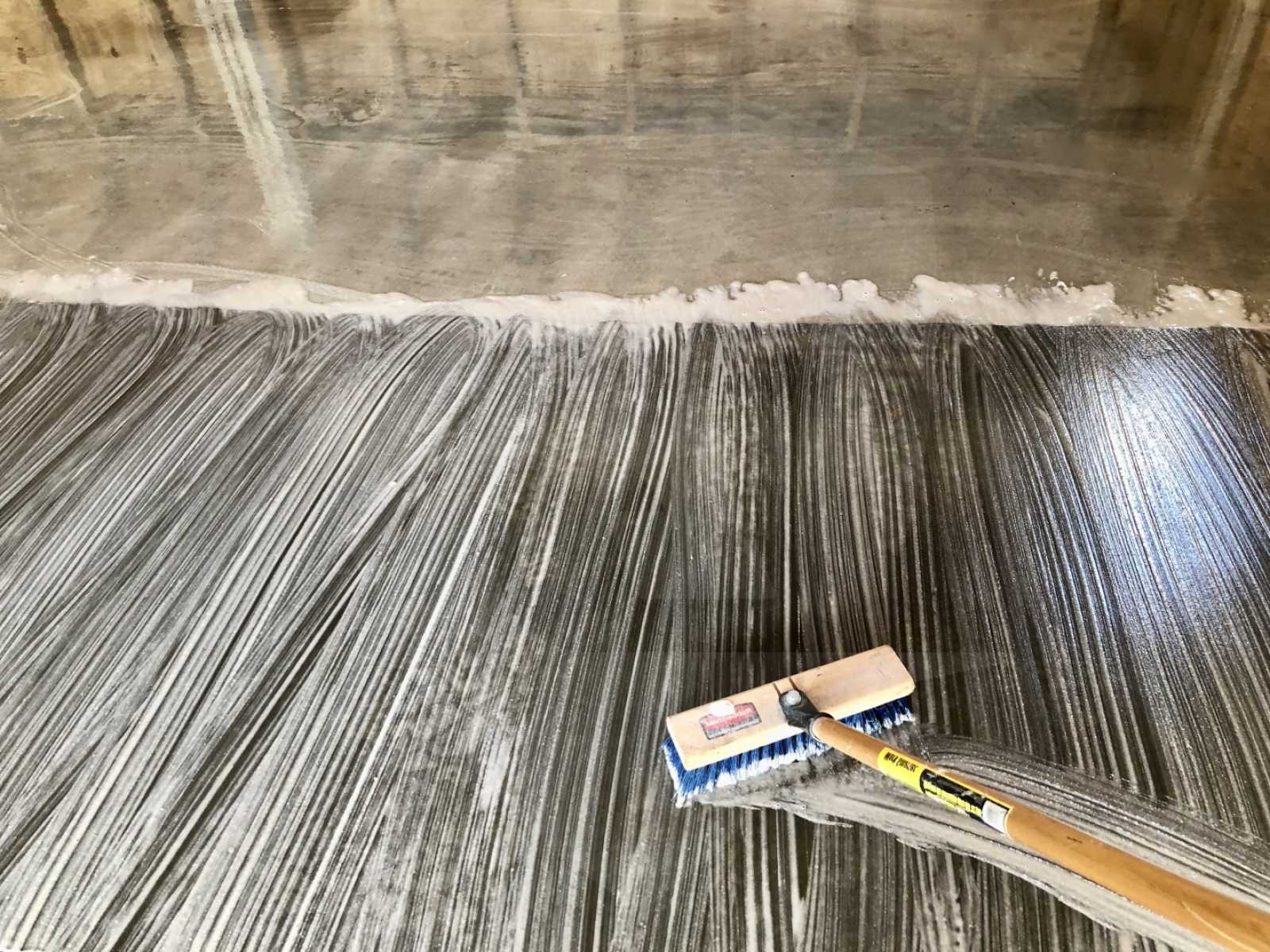Before applying an epoxy or urethane coating take the following steps to ensure optimal performance:
Prepare the surface by cleaning, repairing defects and testing the surface for soundness. Remove any and all contaminants debris, oil, dirt, grease, efflorscence, previous sealers and coatings.
Mechanically scarify or acid etch the concrete surface. Mechanically abrading the concrete surface will alter the surface profile of the concrete, creating a roughened and textured surface for better coating adhesion. Acid etching can be used in areas where no alternative cleaning methods are possible and if the concrete already has a rough surface profile. Make sure to neutralize the surface after acid etching to ensure the PH of the surface is above 4. The surface should have a profile of at least a CSP 2 - CSP 3.
Repair any surface defects and test the surface for dust and moisture. Use the plastic sheet test, calcium chloride test, or a surface moisture meter to ensure the moisture content of the concrete is not too high.
- Test out the Epoxy 325 and Urethane 645 coating in a small area to check the adequacy of the surface preparation. After the coating has cured check the bond of the coating to ensure it is properly adhering to the surface.



